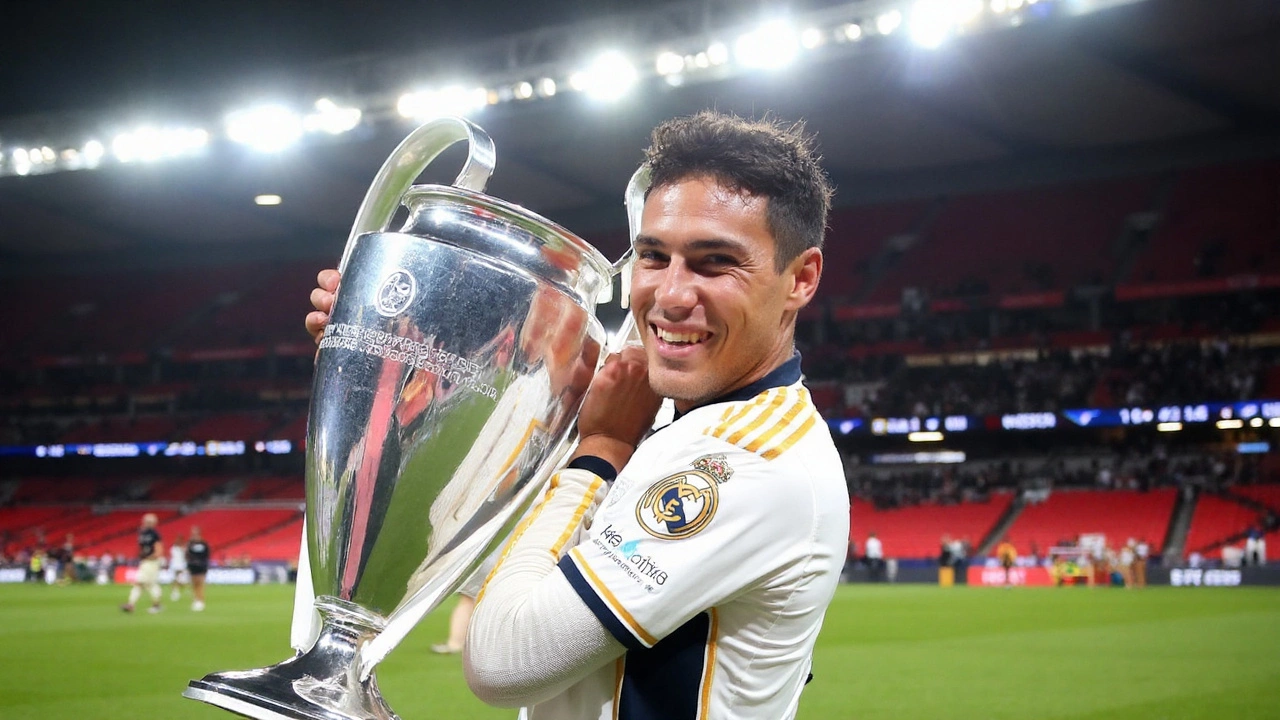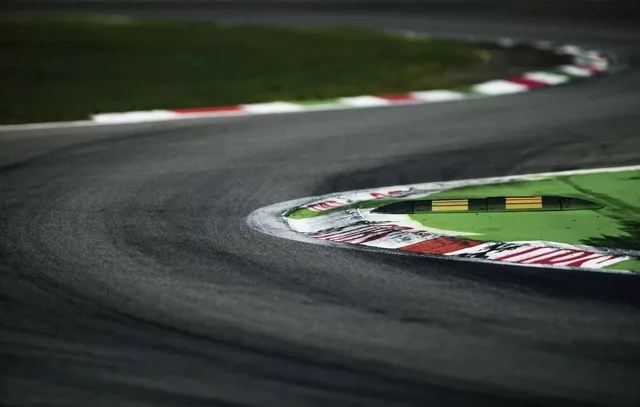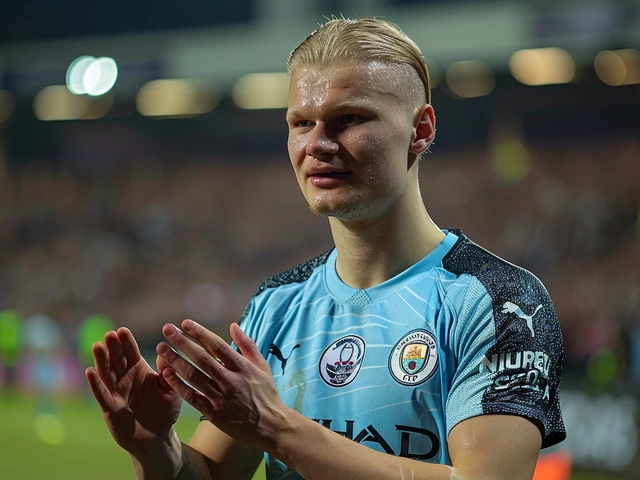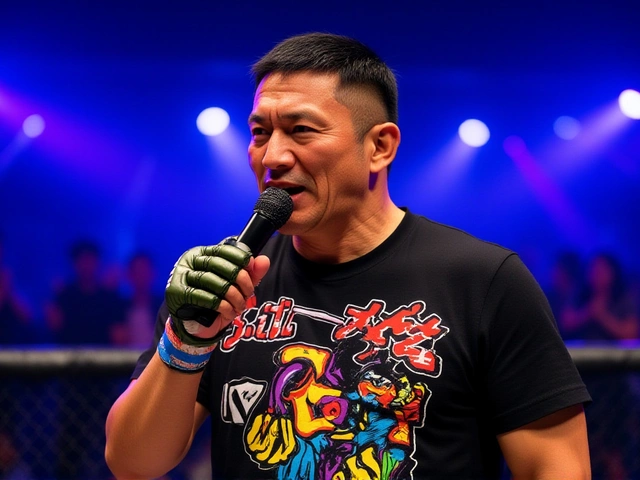
The teenager whose shirt got retired is now Real Madrid’s tone-setter
A club retiring a teenager’s shirt sounded absurd—until the teenager started running games for Real Madrid and England. Jude Bellingham, born in 2003, went from Birmingham City’s academy to Spanish and European titles before his 22nd birthday, and landed third in both the 2024 Ballon d’Or and The Best FIFA Men’s Player vote. That arc isn’t hype; it’s a timeline of big calls, bigger stages, and the calm to handle both.
His story begins in Stourbridge, in a football-first home. His dad, Mark, was a prolific non-league scorer; his younger brother, Jobe, turned pro too. Birmingham City spotted Jude early, and by 16 years and 38 days he was the club’s youngest first-team player, then their youngest scorer weeks later with a winner against Stoke. Birmingham retired his No. 22 when he left—a move mocked at the time, now looking farsighted.
Germany was his launchpad. Borussia Dortmund paid an initial €23–25 million-plus in 2020 (widely reported at about $31.5 million at the time), a huge fee for a 17-year-old. He justified it fast. He became one of the youngest scorers in club history, featured deep into the Champions League, and picked up the 2020–21 DFB-Pokal. By 2022–23 he was wearing the armband, dragging the team through midfield duels and transition waves, and was voted Bundesliga Player of the Season. He left with 132 appearances, 24 goals, and the kind of leadership presence you usually see at 28, not 19.
The positional profile that formed at Dortmund—press-resistant 8 who can break lines off the dribble, time runs into the box, and clatter into duels—made him the most coveted young midfielder in Europe. Awards followed the performances: the 2023 Golden Boy and the Kopa Trophy capped his time in Germany and confirmed what scouts had known for years—he was not just a prospect, he was already a top-tier performer.
Real Madrid was a test of scale, not skill. The fee was a base €103 million, rising with add-ons, and he took the No. 5 shirt linked forever with Zinedine Zidane. Carlo Ancelotti then tweaked the shape around him. Instead of a pure box-to-box role, Bellingham played as the advanced point of a box midfield—part 10, part striker, part destroyer when the press triggered. The job: crash the box, link with Vinícius Júnior and Rodrygo, and win the ball back high.
He didn’t just adapt; he exploded. Fourteen goals in his first 15 Madrid games set a club record. He scored twice in his first Clásico, including a stoppage-time winner, and did it again in the return match. He became Madrid’s top league scorer in his debut season and the guy teammates looked for when the clock hit red numbers. By season’s end, Madrid had La Liga, the Champions League, and the Supercopa de España; Bellingham had La Liga Player of the Season and back-to-back FIFPRO World 11 nods.
His timing is what kills teams. He hovers at the edge of the box, waits a beat longer than the marker, then arrives with pace to finish. Madrid’s wingers stretch the field; he fills the gaps they create. He can dribble through crowds, but he also scores simple goals because his movement is clean and he trusts one-touch finishes. In the league, he posted elite numbers for goals from open play by a midfielder. In Europe, he produced in tight matches when Madrid needed control more than chaos.
There were bumps—an awkward shoulder in autumn, some bruises that come with heavy minutes—but they didn’t derail the season. If anything, they showed another side: game management. He learned when to press, when to sit, when to foul smartly, and when to conserve energy for the last 15 minutes, which is often when he wins matches.
With England, he arrived early and never looked out of place. He debuted at 17 years and 136 days in 2020, became a regular by 2021, and scored his first World Cup goal at 19 in Qatar. At Euro 2024 he headed the winner in the opening game against Serbia, then delivered that wild overhead kick in stoppage time against Slovakia to keep England alive. Two European Championship runners-up medals by 21 is a strange honor—pain wrapped around proof you’re always there in the final weekend.
His role for Gareth Southgate has shifted. He started as a high-energy 8, then moved into the 10 position ahead of Declan Rice with a rotating partner—Jude finds pockets, draws fouls, and occupies defenders so the wide forwards can run. When England tilted later in the tournament, he slid deeper next to Rice to help with ball progression. Flexibility is the theme. He can do the ugly running, or wear the cape.
The reason coaches trust him isn’t just talent. It’s how he organizes teammates without turning into a lecture. Watch him after turnovers: a point here, a shout there, a quick arm around a youngster who needs it. He learned German in Dortmund, picked up Spanish in Madrid, and blends into dressing rooms that demand you earn respect quickly. He’s marketable, sure—No. 5 shirts flew off shelves and “Hey Jude” became the Bernabéu’s default chorus—but the brand exists because the football is relentless.
There’s also the 22 story, which explains his game as well as any heat map. As a kid he chose 22 because he wanted to play like a 4 (defensive midfielder), an 8 (box-to-box), and a 10 (creator). That triad is his identity. He wins duels like a 4, carries and arrives like an 8, and finishes like a 10. Few players stitch those roles together without their form falling apart. He does it weekly.
Tactically, Madrid and England both use him as a gravity player. Opponents track him, which opens lanes for others. His first touch often directs the next action—out of his feet into space, or a cushioned layoff that speeds up the attack. His scanning is constant; head checks every couple of seconds so he knows where the contact is coming from and where the escape route sits. That’s why his dribbling looks simple: he already saw the lane two seconds earlier.
Could he add more? Sure. He can offload a touch earlier when teams set traps in the half-space. He can pick his moments to press to avoid cheap bookings. And he’ll have to adapt again as Madrid evolve, with more elite attackers around him and deeper Champions League runs every season. But these are tweaks. The base level—decision-making, engine, end product—is already world-class.
His rise also changed how clubs talk about midfielders. For years, big fees were reserved for strikers and wingers. Bellingham reset the market by making goals from midfield a reliable output, not a bonus. He’s a reminder that a modern 8/10 can be your top scorer, your presser-in-chief, and your locker-room compass at the same time.
For England, the discussion is about balance. Put enough control behind him and the front line becomes dangerous. Give him runners and he becomes a chance magnet. In tight tournament games—the kind that turn on one moment—he has repeatedly been the player who creates that moment. Managers can build around that certainty. Teammates can lean on it.
For context, here’s the arc at a glance:
- Age 7: joins Birmingham City’s academy; breaks through every age group.
- 16 years, 38 days: youngest first-team player in Birmingham history; later, youngest goalscorer.
- 2020: moves to Borussia Dortmund in a record deal for a 17-year-old; wins the DFB-Pokal in 2021.
- 2022–23: Dortmund captain in stretches; named Bundesliga Player of the Season.
- 2023: wins Golden Boy and Kopa Trophy; signs for Real Madrid on a six-year contract.
- 2023–24: scores 14 in first 15 Madrid games; wins La Liga, Champions League, Supercopa; La Liga Player of the Season; FIFPRO World 11.
- 2024: finishes third in Ballon d’Or and The Best; leads England to a second straight Euros final.
These aren’t isolated highlights; they connect. The early Birmingham minutes gave him real-game stress before he could drive a car. Dortmund hardened him—European ties under pressure, expectation from a massive fan base, the responsibility of wearing the armband. Madrid turned him into a closer. England gave him the biggest stage to test that aura in one-off games.
Ask coaches why he stands out and they land on the same triad: mentality, timing, and end product. He doesn’t disappear in bad spells; he goes looking for the ball. He waits half a heartbeat longer in the box than defenders want him to. And when the chance comes, he hits the corners with either foot or powers through a header. Simple actions, done at the right moment, over and over again.
At 22, the runway is long. He has the medals, the numbers, and the trust of two of the toughest crowds in football. The next challenges are different in nature: sustaining output when opponents game-plan for him weekly, staying available across 60-game seasons, and guiding young teammates while still pushing his own ceiling. Given everything so far, betting against him sounds more like hope than analysis.
Why the hype stuck: the blend of skills that wins modern games
The modern game rewards players who solve multiple problems at once. Bellingham’s frame lets him ride contact in tight spaces. His stride eats ground in transition. His first touch angles the ball away from pressure. And his finishing—low, quick, repeatable—turns half-chances into goals. That package is rare in midfielders; rarer still at this age.
Watch his off-ball work. He directs pressing angles so the winger can trap the full-back. He drops onto the pivot when the No. 6 needs help. On set pieces he attacks the near post, dragging markers so others can crash the back stick. Even when he doesn’t touch the ball, he shapes the play.
It’s also why teammates like him. Stars want the ball; he gives it back to them in better positions. Young players want clarity; he talks them through phases without showing them up. Managers want reliability; he shows up in minute 90 with the same focus he had in minute 10. That consistency is why his awards list reads like a veteran’s CV.
None of this guarantees the future. Football evolves, opponents adjust, and form dips. But the habits are bankable. He picks strong environments, learns fast, and performs quicker than the timeline suggests he should. From Stourbridge parks to the Bernabéu’s bright lights, the pattern holds: give him responsibility, and he tends to turn it into silverware.




